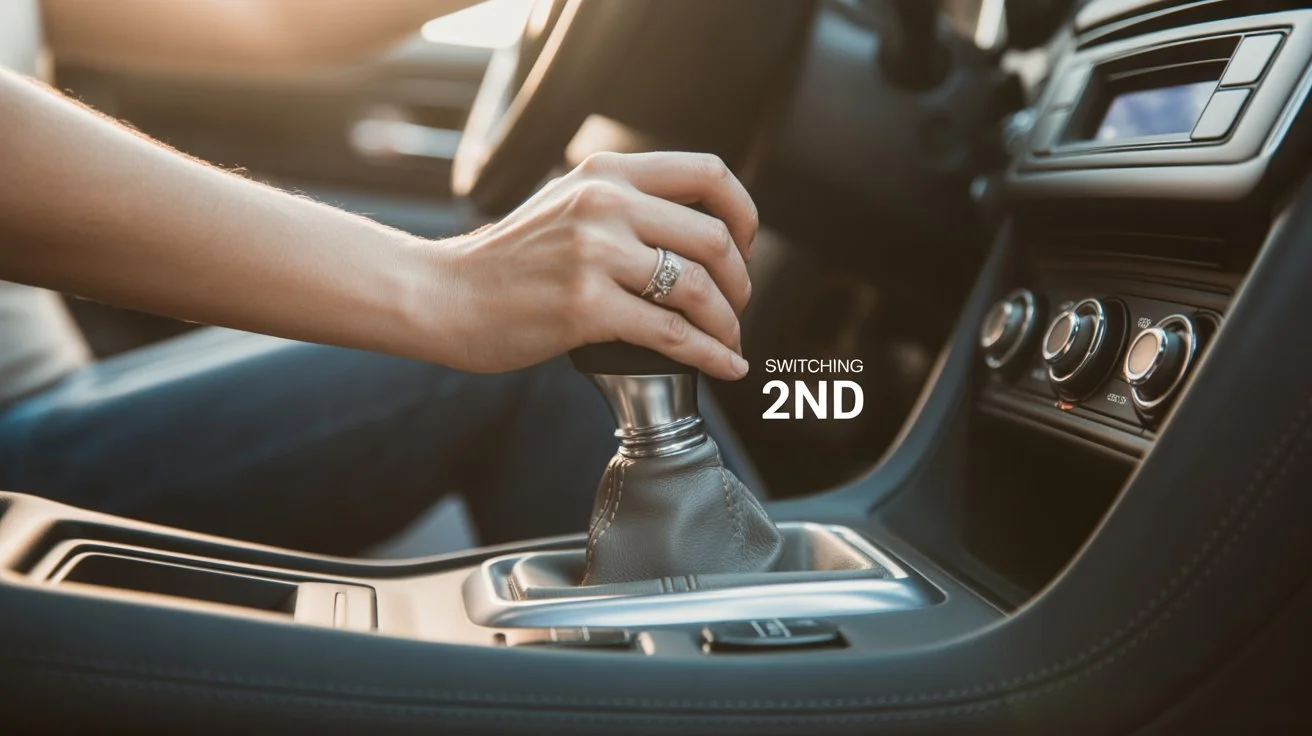When people search for switching 2nd, they are usually looking for a clear explanation of what it means, why it matters, and how to do it correctly. It may seem like a small action, but switching gears or moving into the second stage of any system can make a big difference in performance, safety, and long-term results. Whether it refers to vehicles, electrical systems, sports, or even gaming setups, the phrase carries significance. Understanding the concept thoroughly helps prevent mistakes, improve efficiency, and achieve smoother transitions in various situations.
The importance lies not just in the act itself, but in the timing, accuracy, and awareness involved. If done at the wrong moment, it can lead to problems like inefficiency, loss of momentum, or even damage to equipment. If done correctly, it allows smooth operation, safety, and better control.
What is Switching 2nd?
Switching 2nd refers to the process of moving into the second position, stage, or gear in a sequence. The exact meaning depends on the context in which it is applied. In driving, it means shifting from first gear to second gear to build momentum. In electrical systems, it may involve switching to a secondary circuit for safety or load balancing. In sports, it can describe moving to a secondary play strategy. In gaming, it often points to changing to a secondary weapon or ability.
The common factor across all these uses is transition — moving from one phase to another. This transition must be smooth, intentional, and accurate to achieve the desired results.
Why Switching 2nd Matters
Switching 2nd matters because it bridges the gap between starting and accelerating. Staying too long in the first stage wastes energy and efficiency. Jumping too early to the second stage risks stalling or instability. The perfect balance lies in understanding when and how to make the shift.
For example, a driver shifting gears too late puts stress on the engine. A gamer switching weapons at the wrong moment may lose the match. An electrical system moving to a secondary circuit without monitoring can overload and fail. Each scenario proves that timing and precision are critical.
Benefits of Switching 2nd
The benefits vary based on the context, but they often share similarities. It provides smoother performance, better control, and longer-lasting efficiency.
In driving, switching 2nd helps vehicles pick up speed without straining the engine. In electronics, it prevents overload by distributing power. In gaming, it offers tactical advantage. In sports, it gives teams flexibility. These benefits show that the concept is not just a small action but a smart strategy that makes processes more effective and balanced.
Challenges in Switching 2nd
Moving to second gear or stage comes with challenges, especially for beginners or those unaware of the right timing. The most common problems include hesitation, switching too early, or switching too late. Hesitation often leads to wasted opportunities. Early transitions risk losing stability or power. Late ones cause unnecessary strain.
Another challenge is lack of awareness. Without paying attention to signals, whether mechanical, tactical, or situational, people often miss the perfect moment. These mistakes can reduce efficiency and even cause damage. Understanding the context and practicing consistently are the best solutions.
Real-World Examples of Switching 2nd
A learner driver practicing gear shifts experiences the struggle of moving into second smoothly. At first, the car may jerk or stall, but with practice, the action becomes natural.
In electrical setups, engineers switch secondary circuits to maintain balance when the primary one is overloaded. This prevents blackouts and keeps systems stable.
In sports, a basketball team may adopt a secondary defensive strategy when the opponent changes tactics.
In gaming, a player might switch to a backup weapon when the primary one runs out of ammo, giving them a chance to continue the battle.
These examples highlight how the same concept applies across different areas of life.
Step-by-Step Guide to Switching 2nd in Driving
Switching 2nd in vehicles is the most common search intent, so here is a clear guide:
First, press the clutch fully to disengage the engine from the wheels. Next, gently move the gear stick from first to second position. Slowly release the clutch while applying steady pressure on the accelerator. The key is balance: release too fast, and the car may stall. Hold too long, and the engine may overrev.
Practicing in an open space without traffic helps learners build confidence. Over time, muscle memory develops, and the action becomes smooth.
Switching 2nd in Electrical Systems
In electrical engineering, switching 2nd often refers to backup systems or circuits. When the primary power source is overloaded or fails, engineers switch 2nd to keep essential operations running. This process must be precise to prevent outages or safety hazards.
Modern electrical systems now include automatic transfer switches, making the switch faster and safer. However, manual changes still require careful monitoring and proper training.
Switching 2nd in Gaming
For gamers, switching 2nd usually refers to changing weapons or abilities during intense gameplay. Timing is everything. Switching too late could result in losing to an opponent, while switching too early could waste resources. Professional gamers practice quick reflexes and strategic decision-making to master this skill.
In competitive games, this action is not just about speed but about reading the situation and anticipating the next move.
Switching 2nd in Sports Strategy
Sports teams often switch 2nd strategies mid-game. For example, a football team might switch from attacking to defensive play after gaining a lead. This helps protect the advantage and adapt to the opponent’s moves.
Such strategic switching requires good communication, trust, and coordination among players. Coaches often train athletes on how and when to make these shifts effectively.
Expert Tips for Switching 2nd Smoothly
Experts suggest patience and practice as the best tools for mastering switching 2nd. In driving, focus on engine sound and vehicle speed. In gaming, practice quick access to secondary options. In sports, learn to read the opponent’s body language. In electrical systems, follow standard protocols strictly.
No matter the field, it is about awareness, timing, and confidence.
Common Mistakes to Avoid When Switching 2nd
The most common mistakes include rushing, ignoring signals, and lack of practice. Rushing often leads to errors and instability. Ignoring signals, whether from a car’s engine, a game’s situation, or an electrical system’s load, increases risks. Lack of practice makes switching harder and less natural.
Avoiding these mistakes requires patience, proper guidance, and consistent effort.
Switching 2nd
Switching 2nd is more than just a technical act; it’s a life skill applied in various areas. From vehicles to sports, from electronics to gaming, it teaches balance, patience, and decision-making. Mastering it not only makes tasks smoother but also builds confidence.
FAQs
What does switching 2nd mean in driving?
It means shifting from first gear to second gear, allowing the vehicle to gain speed smoothly without straining the engine.
Why is switching 2nd important?
It ensures balance, efficiency, and smoother transitions in driving, electronics, sports, or gaming situations.
How can I switch 2nd without stalling?
Use a balanced approach: fully press the clutch, shift gears gently, and release the clutch slowly while applying throttle steadily.
Is switching 2nd only for driving?
No, it applies in many fields like electrical systems, sports strategies, and gaming setups.
What are the challenges in switching 2nd?
Common challenges include switching too early, switching too late, or hesitating during the transition.
Can switching 2nd be learned quickly?
Yes, with consistent practice, proper guidance, and focus on signals, anyone can learn to switch 2nd smoothly.
Also read Tractor Supply Sales Associate Job Description
Conclusion
Switching 2nd might sound like a small detail, but it plays a big role across different contexts. From ensuring smooth vehicle performance to enabling tactical shifts in games or sports, it represents adaptability and precision. The key lies in timing, awareness, and consistent practice.
If you want to master switching 2nd, start by observing signals, practicing in controlled environments, and seeking expert advice where necessary. The effort you put in today will ensure smoother, safer, and more effective transitions tomorrow.


